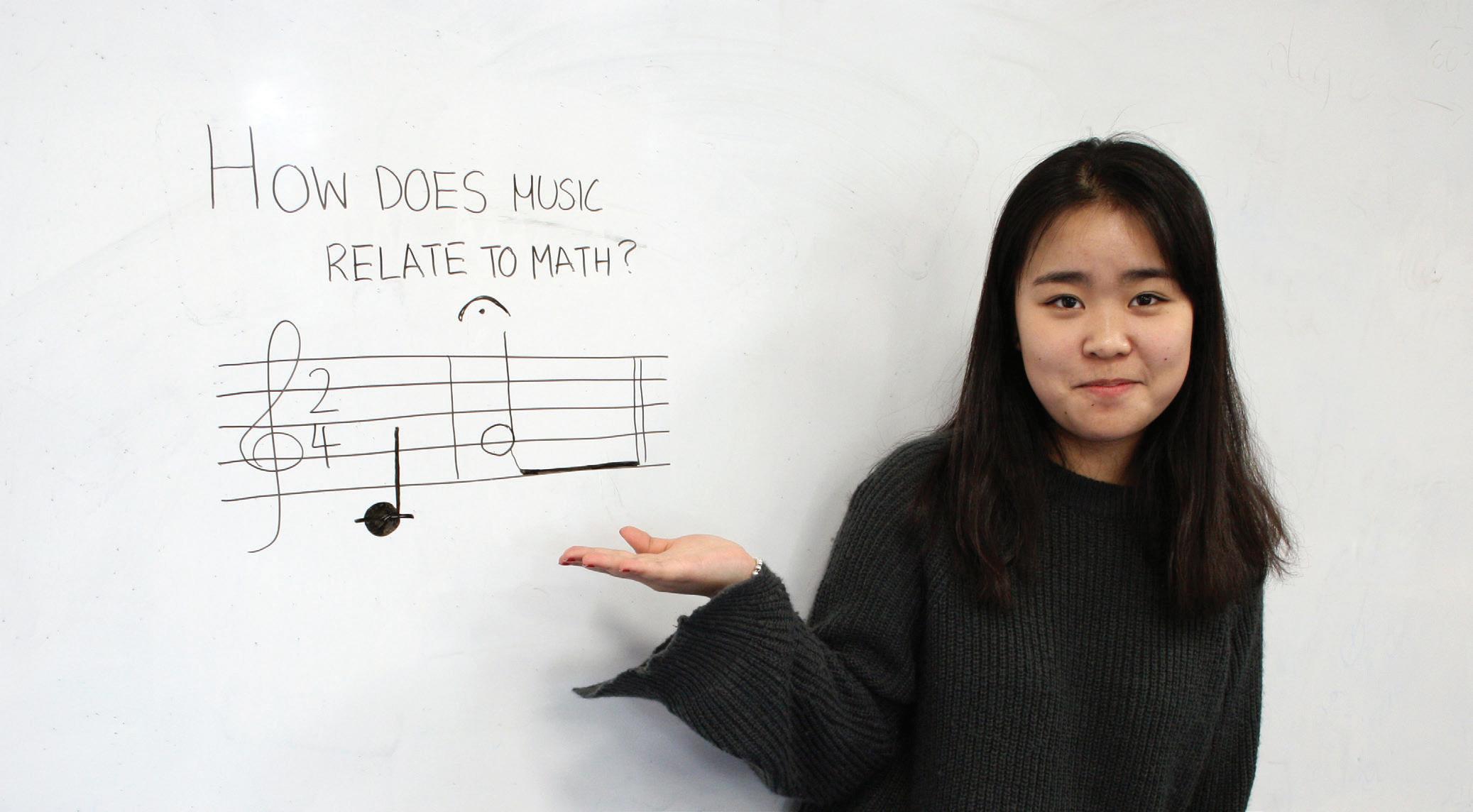Features
Home teachings, abroad Stephen Spriggs on the transition from national to international school teacher
18
the class hold up a hand to answer. Yet teaching in the Far East can see this fall flat as a result of the group culture often found in the region, where individuals avoid being singled out by choice and alternative strategies should be employed. Whether it’s something as simple as pulling names out of a hat or creating groups with a ‘team leader’ who is nominated to present their answer to the class, the open back and forth nature of education is one thing to maintain. For first-timers abroad the initial settling-in period may be much rougher, devising a teaching plan with little experience to draw on. If there are more experienced staff around, use them. Every teacher making the decision to move away from their home country is likely to have been through a similar sort of experience: currency exchanges, new cities to explore, new cities to get lost in, new languages and nuances to pick up. Having someone around to learn from whilst also seeing first-hand what aspects of delivery they stuck with may help tremendously. Dealing with classroom management can also be testing to start with. Particularly in countries with rambunctious personalities where the conversation between students is non-stop, you may need to learn a new way of doing things. When it comes to managing the students, behaviour is usually deeply ingrained within the system, meaning a sudden change can result in either a spectacular positive or a damaging negative. Stop/starting a class not only wastes time but can end up harming students not participating in the disruptions by restricting their time to take in what is being taught. Contributing to the development of the future of the next generation is a tough task no matter where you’re doing it, and moving away from the familiarity of home to a destination where the ins and outs of how teaching works can be completely different to what you’re used to presents challenge after challenge. Within the context of your new school, its policies and the advice of your new colleagues, implement what you think is appropriate from your previous training and methods, eliminate what is clearly incompatible with the new culture, and adapt what remains. No matter how you do it, the next generation is in your hands. Stephen Spriggs is Managing Director of William Clarence Education (williamclarence.com). Email: info@williamclarence.com
Summer |
Winter
Making the decision to teach abroad, most teaching professionals will take it upon themselves to study their new environment carefully to pick up on the norms and standard techniques applied to their classrooms. Yet, as an international teacher, you bring something new, exotic, and unknown into the class – so how much should you adapt to the situation, and how much of your home country’s system should make the trip overseas with you? The initial culture shock of a new country may wear off for seasoned travellers, accustomed to making moves across continents in search of their next challenge, but it’s always nice to maintain some creature comforts from home. Why would this be different for your work life? It wouldn’t. In fact, maintaining some semblance of the methods picked up at home can go a long way in facilitating a smoother transition period than attempting to take on everything at once. In addition to the stress of physically moving your life, there’s also the psychological impact of a new classroom of students from a different culture all looking at you for guidance; it can be testing if there’s a period of total loss as the year begins. As an international teacher, you do not need to adapt to all the norms of the country, but adapt what you can and stay mindful of avoiding any cultural fauxpas. Indeed, the curriculum can differ wildly across different regions; take South Korea for example where the education business is a big deal with hagwons at night and a great academic focus in the day. Finding a balance to start with is key to success. Upon first arrival take the time to absorb what is happening, who is dealing with whom, how are the students responding to the existing staff, and where do you fit in with the new system? If you’ve been teaching in England and you’re moving to an international school teaching the English national curriculum, the amount of change may be minimal; after all the parents have sent their children to the school specifically for a British-style education which you provide with aplomb. In this instance, not totally adapting to an overseas style of teaching can work in your favour; there will be less necessity to change the way you work if the class you deliver to are there specifically for your style of teaching. One aspect that you may take with you is the position of the teacher within the classroom; how do you and the students interact? A sure fire home-run from back home may fall flat in a new cultural setting. Question and answer sessions, for example, are common in many Western-style classrooms. They’re hard to get wrong; simply ask and have
| 2019



























